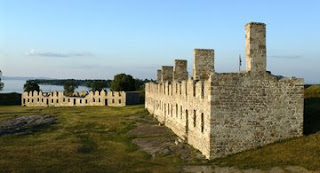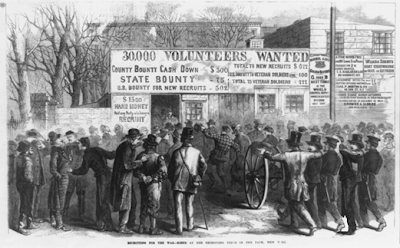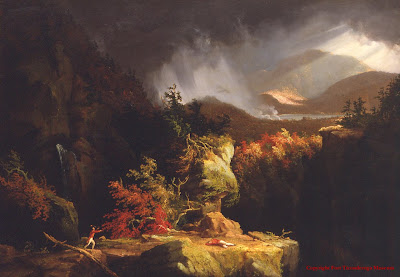 Where, in the Lake Champlain region, was the richest trove of artillery pieces at the time of the outbreak of the Revolutionary War? Most published histories, including those used in the classroom, overlook the largest British fort ever built in North America – Crown Point. At 7:00 pm, May 12th, artillery expert Joseph M. Thatcher will present a free public lecture inside the museum auditorium at the Crown Point State Historic Site on the little-known but fascinating topic of “The Cannon From Crown Point.”
Where, in the Lake Champlain region, was the richest trove of artillery pieces at the time of the outbreak of the Revolutionary War? Most published histories, including those used in the classroom, overlook the largest British fort ever built in North America – Crown Point. At 7:00 pm, May 12th, artillery expert Joseph M. Thatcher will present a free public lecture inside the museum auditorium at the Crown Point State Historic Site on the little-known but fascinating topic of “The Cannon From Crown Point.”
As the long-time Supervising Curator for the New York State Bureau of Historic Sites, Thatcher tracked the movements – over the centuries – of artillery pieces. His presentation falls precisely on the 236th anniversary of the liberation (by the Green Mountain Boys militia, led by Captain Seth Warner) of more than 100 British-held artillery pieces at Crown Point. Those cannon from the French and Indian War-period would soon be put to use during the War for American Independence.
Crown Point seasonal staff will return to service at the site on Saturday, May 14, to provide history interpretation in the museum and in both fort ruins at Crown Point. Summer open hours are 9:30 – 5:00, Thursdays through Mondays. The museum contains an audio-visual presentation and exhibition, both installed in 2009, that features four different original artillery pieces from the 1700s.
Crown Point occupies a key location, both geographically and historically. Before the 1730s, Woodland Indians camped on the peninsula. In 1734, the French military built an impressive stronghold here, Fort St. Frederic, with its tall limestone tower and its artillery-fortified windmill. A quarter-century later, when the British arrived, they built a vast fort at Crown Point, starting in 1759. The limestone ruins of both the French-built fort and of the earthen walls and stone barracks of the British fort have remained largely unchanged since a devastating fire burned the British fort in April 1773, just two years before the start of the War for American Independence.






